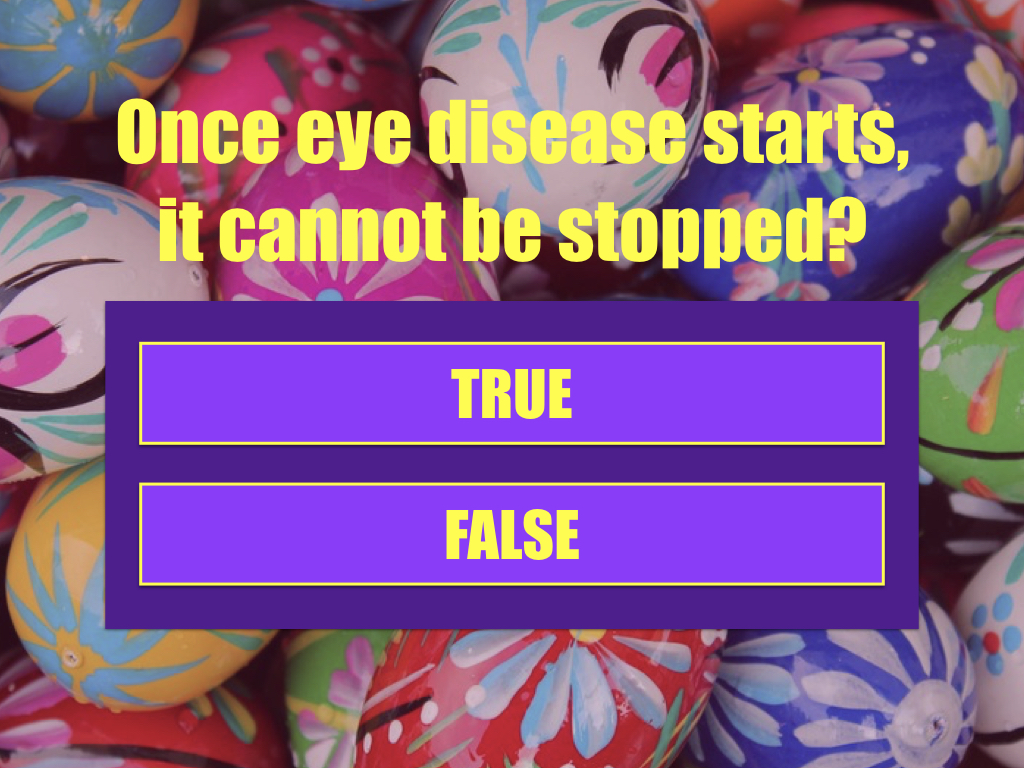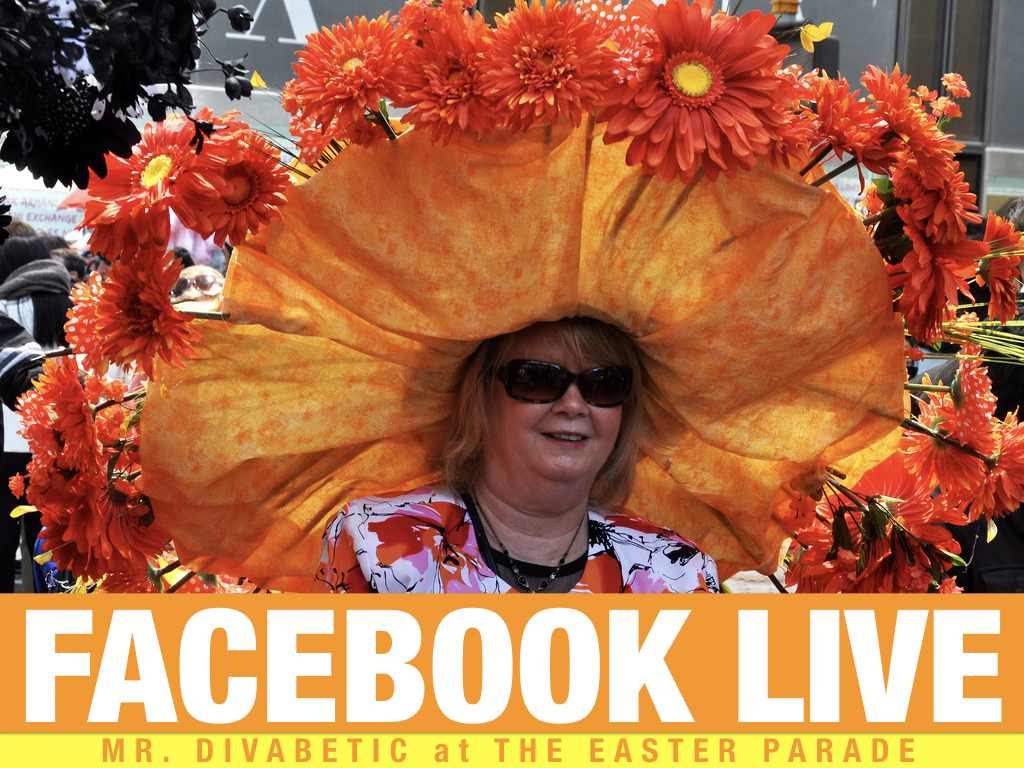It’s important for anyone with diabetes to rise to the occasion, not delay and get an annual eye exam from an ophthalmologist so that diabetic retinopathy can be detected early.
In its early stages of diabetic retinopathy (DR), you may not notice any symptoms or changes to your eyesight that this condition is damaging your eyes. If it is not detected and treated in a timely manner, your vision can be damaged permanently.
A basic eye exam cannot detect all aspects of diabetic retinopathy so you will require special exams. To get a better look at the inside of the eye, your doctor might use eye drops to dilate the pupils and may then view the retina with lenses and a special light called a slit lamp.
What Causes Diabetic Retinopathy?
Over time, high blood sugar damages the walls of the small blood vessels in the eye, altering their structure and function. These blood vessels may thicken, leak, develop clots, close off, or grow balloon-like defects called microaneurysms. Often, fluid builds up in the part of the retina used in tasks such as reading. This condition is called macular edema.
What is Macular Edema?
Like I mentioned above, macular edema is the build-up of fluid in the center of the retina. The retina is the light-sensitive tissue at the back of the eye and the macula is the part of the retina responsible for sharp, straight-ahead vision. Fluid buildup distorts vision
In advanced cases, the retina loses its blood supply and grows new, but defective, vessels. These fragile vessels can bleed and cause more problems, including glaucoma.
I had my pupils dilated at my recent eye exam. It’s not painful, and the peace of mind alone is worth protecting my sight was worth any discomfort with light sensitivity.
Still, hesitating to go to the eye doctor? Let the R & B group, Deele‘s biggest hits, “Two Occasions”(you’ve got two eyes, right?) inspire you to schedule a regular eye exam to maintain healthy vision.
There is a big difference between comprehensive eye exams and routine eye exams. Routine eye exams are the appointments that you make when you need to get a new prescription for your glasses.
A comprehensive eye exam is typically an annual appointment where your eye doctor checks both your vision and overall eye health. This is important because the eye is a small, complex, and essential part of the body. Not only do our eyes help us to see, but they can also show signs of other eye and health conditions.
We’re talking about Eye Challenges related to Diabetes with musical inspiration from TLC on August’s Diabetes Late Nite Podcast on Tuesday, August 10, 2021, 6 PM, EST
Guests include two leading doctors, Optometrist Sherrol Reynolds M.D. (Associate Professor and Chief of Advanced Ophthalmic Care at the Nova Southeastern University College of Optometry, President of the National Optometric Association (NOA)), Retina Specialist and Surgeon Rishi Singh, M.D. (Retina Specialist and Staff Surgeon at the Cole Eye Institute, Cleveland Clinic), two Diabetes Eye Health Advocates Andrea Sledge and Natalie Karabel, and Patricia Addie-Gentle RN, CDCES. Hosted by Max ‘Mr. Divabetic’ Szadek.
Throughout our podcast, we are featuring music from TLC’s CrazySexyCool album courtesy of SONY Music.

Looking for a fun way to socialize without putting your diabetes wellness at risk? Do you need a little help staying on track with your diabetes self-care?
Join the happy healthcare host, Mr. Divabetic for this free, fun Virtual Salad Making Party with special guest, Jill Weisenberger MS, RDN, CDCES, CHWWC, FAND on Wednesday, August 18, 2021, 7 – 8 PM, EST on Zoom.
FREE REGISTRATION – REGISTER NOW











